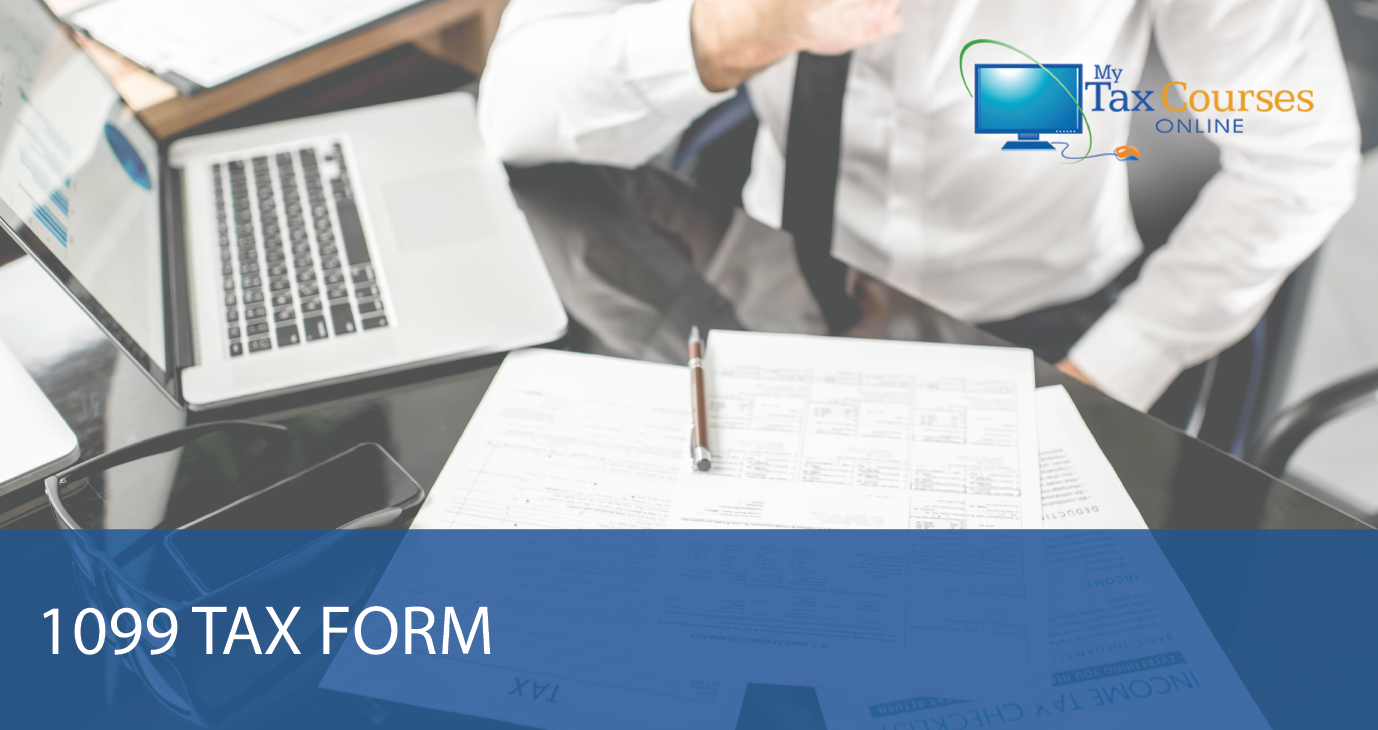As a tax professional, it is crucial to understand the purpose of the 1099 form and how it affects certain individuals and businesses. Independent contractors and freelancers are among the top groups that require attention as this form most impacts them.
The term "information returns" pertains to payment records, and the 1099 form is an example, similar to the W-2 form.
The 1099 form documents income received, origin, and the entity or person outside the individual or organization. It is important to note that various types of 1099 forms are available, depending on the kind of tax information required or the entity providing it.
Unlike the W-2 form, which withholds income taxes, Social Security, Medicare, or unemployment taxes on wages paid by an employer, the 1099 Form does not. It is crucial to understand this distinction to ensure proper reporting and avoid errors during tax season.
The IRS is paying closer attention to 1099 reporting due to the widening tax gap. Compliance rates are 99% with W-2s but only 56% without them, indicating a high misreporting rate. Therefore, the IRS is imposing higher penalties to promote more compliance, making it vital for tax professionals to stay informed about tax law changes for accurate reporting.
This is why it is of utmost importance to stay up to date on all respective tax law changes to report accurately.
Who Gets a 1099 Form?
As stated previously, there are several types of 1099 forms that pertain to specific modes of income generation; however, the generally accepted rule is that a 1099 Form must be issued to a trade or business that received over $600 in total for the year, that is *non-corporation.
Common examples include:
- Freelancers
- Independent contractors
- Gig workers
Understanding the Legislation for Accurately Reporting Income and Taxes
Legislation has frequently impacted 1099s, especially in recent years. The most recent example of such legislation includes:
The American Rescue Plan
This plan changed the reporting threshold for third-party settlement organizations (TPSOs). The new threshold for business transactions is $600 per year, changed from the previous threshold of more than 200 transactions per year, exceeding an aggregate amount of $20,000.
On December 23, 2022, The Internal Revenue Service announced a delay in reporting thresholds for third-party settlement organizations set to take effect for the upcoming tax filing season.
As part of this, the IRS released guidance outlining that 2022 will be a transition period for implementing the lowered threshold reporting for third-party settlement organizations (TPSOs) that would have generated Form 1099-Ks for taxpayers.
For taxpayers who may have already received a 1099-K due to the statutory changes, the IRS is working rapidly to provide instructions and clarity, so taxpayers understand what to do.
The IRS also noted that the existing 1099-K reporting threshold of $20,000 in payments from over 200 transactions will remain in effect.
What is included on the Form 1099-K?
Whether you own a business, are self-employed, work in the gig economy, or sell personal items, Form 1099-K includes the gross amount of all payment transactions. You may receive a Form 1099-K from each payment settlement entity from which you received payments in the settlement of reportable payment transactions. A reportable payment transaction is defined as a payment card transaction or a third-party network transaction. A third-party network transaction may include payment through a payment app.
Payment card transaction means any transaction in which a payment card, account number, or other identifying data associated with a payment card is accepted as payment.
Third-party network transaction means any transaction that is settled through a third-party payment network but only after the total amount of such transactions exceeds the minimum reporting thresholds.
Ensure Compliance and Avoid Legal Penalties
It is essential to know the requirements and deadlines for submitting 1099 forms. Failure to do so or incorrect reporting could result in fines and legal ramifications. W-2s and 1099-MISC box seven forms are due to the payee and the IRS by January 31. If January 31 falls on a weekend or holiday, the due date is the next workday. The electronic filing due date is March 31.
The reporting deadlines do come with some extension options. You can use Form 8809 for extensions on W-2s, 1099-MISC, and a variety of 1099 forms. An automatic extension of 30 days applies. If you file Form 8809 before the due date, you can file for another 30-day extension due to hardships like illness, casualty, or first year in business.
Manage Your Tax Obligations with Confidence
As a tax professional, it is crucial to assist independent contractors and freelancers in understanding the purpose and requirements of the 1099 form, providing them with the necessary resources and assistance.
By staying informed and up-to-date on IRS-relevant data for the 1099 form, you can educate and guide individuals and businesses in meeting their tax obligations while ensuring compliance with applicable laws and regulations.




